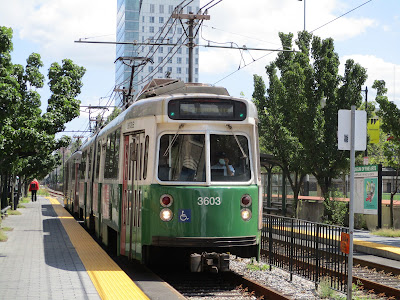Isabella Stewart Gardner Museum
This museum is actually Isabella Stewart Gardner's home. She was a collector of art in many forms, such as paintings, stain glass, carvings, dishes, rugs, furniture, tapestries and rare books that she acquired during her extensive travels all over the world. In 1990 thirteen of the pieces valued at over half a billion dollars were stolen and never recovered. There is a Netflix documentary that covers this horrible crime. Some of the pieces stolen were a number of Rembrandts, Degas and Vermeer. The empty frames have been left on the wall and await their recovery.
The home (Palace) itself was a piece of art.
A covered atrium filled the center portion of the home.
Ceiling Fresco
Stained Glass
Minute Man National Historic Park
The Park is located along Battle Road, which runs between the towns of Lexington and Concord. The colonists were stockpiling weapons and supplies in a barn in the town of Concord. The British Army marched from Boston Harbor to capture and destroy the supplies. The Park commemorates the opening battles of America's War for independence. April 19, 1775, along this road colonialists fought the British Army for the right to self-govern.
Lexington Visitor Center and Museum
North Bridge Visitor Center in Concord
This is the overlook for the North Bridge, where "The Shot Heard Round The World" was fired.
Minute Man Statue on one side of the bridge.
North Bridge and Obelisk Monument in foreground on the other side of the bridge.
Captain Smith's Home along the road of the retreating British.
This is the Orchard House, childhood home of Louisa May Alcott, the author of Little Women.
Lowell National Historic Park
This National Historic Park commemorates the city of Lowell's pioneering role in the American Industrial Revolution. This early 1800's planned industrial city was designed to produce cotton on a large scale. Bales of raw cotton were brought to the ten textile mills, carded, threaded, spun, and woven into textiles on 10,000 looms. Large canals around the city were used to power these looms, but later the mills were converted to diesel power.
The Boott Cotton Mill, is preserved as a National Historic Park.
This 1910 weave room contains 88 working historic looms.
The looms were running and producing cotton cloth. The blurred image in the picture was the shuttlecock traveling across the weave. We had to wear ear plugs because it was very noisy.
Lowell was prospering even beyond the imagining of its founders, but by the 1950's most of the mills had shut down and Lowell declined. In 1972 this mill and some neighboring buildings became part of the National Park Service. Looms were repaired and put back into mechanical order to serve as a working historical site.





















































